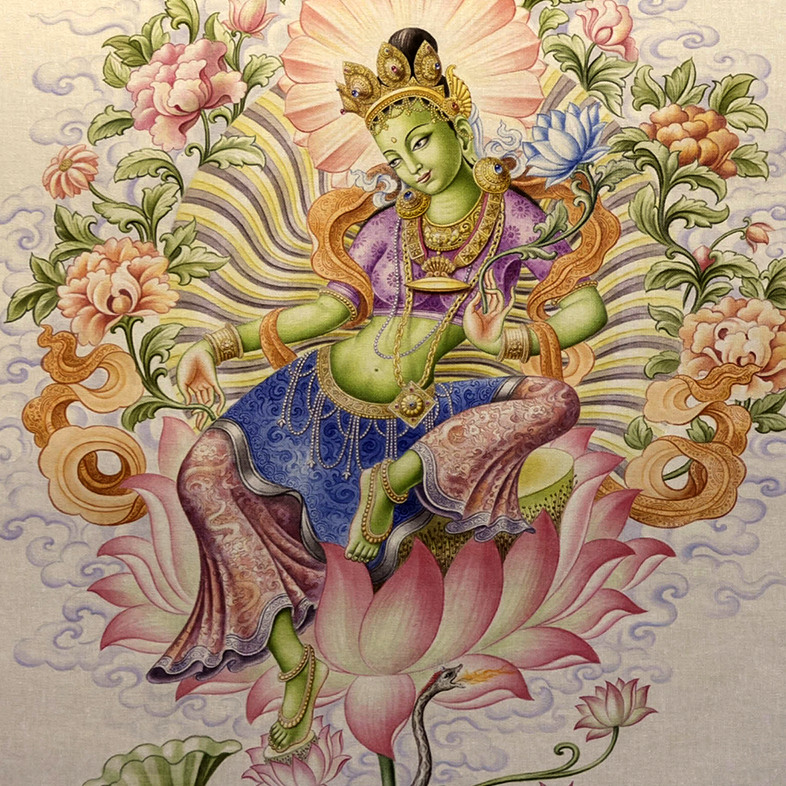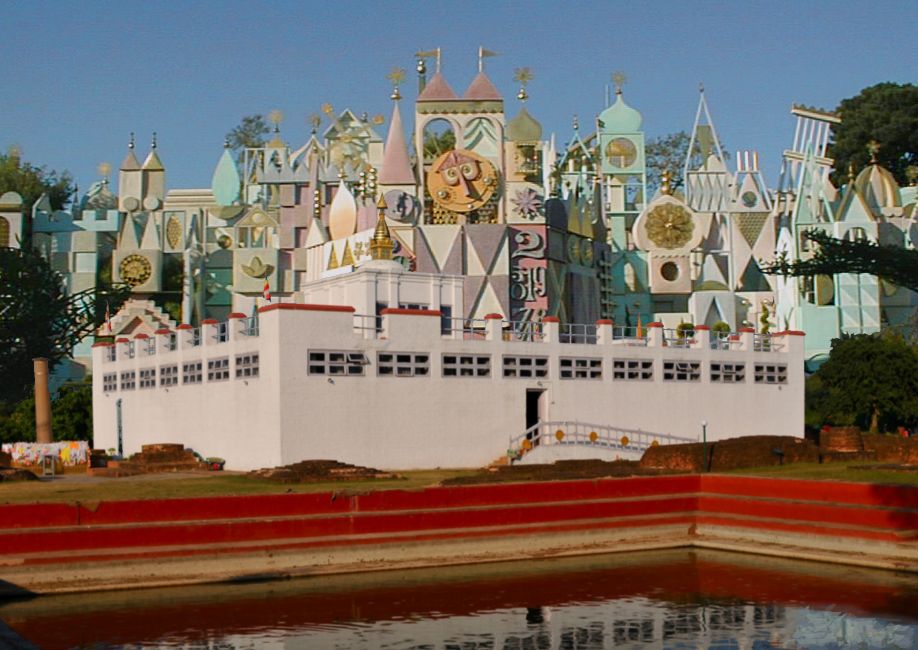Dr Dina Bangdel (5.12.1965–25?.7.2017) is well known among Nepal specialists as a historian of religious art. Her 1999 dissertation, Manifesting the Mandala, and co-authored 2003 exhibition catalogue, Circle of Bliss, emphasised the visual culture of the Cakrasamvara cycle in Newar Buddhism, which is traditionally kept secret. Dr Bangdel had been planning to show a selection of this and related art on a world-travelling exhibition and was scheduled to speak at the “New Research on Newar Buddhism” panel at IABS. This week Dr Bangdel passed away, reportedly after complications following surgery. She is survived by her husband Bibhakar Shakya and two children.
(Added 2018/1/20:) ‘Remembering scholars of Nepalese Art Mary Slusser and Dina Bangdel’ (Rubin Museum of Art)

Continue reading “Dina Bangdel (1965–2017)”





